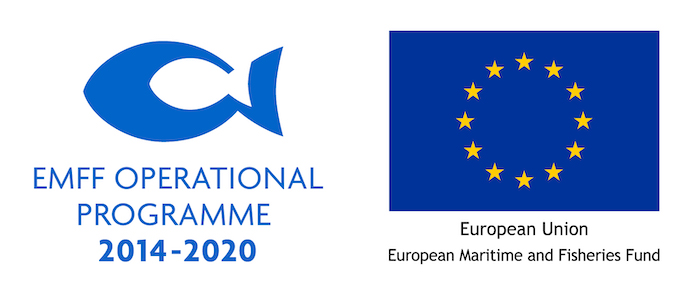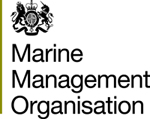

The largest species of eel found in European waters, growing up to three meters in length the Conger is relatively common around Cornish shores living amongst rock and hiding inside shipwrecks. It is rarely eaten and usually chucked back when caught by fishermen.
Conger eels have very low resilience to fishing and spawn only once, after which they die - thus predominantly any captured eel will be a juvenile and not have had a chance to spawn. There is no specific management for the species but they are not actively targetted in Cornwall. Fortunately they are relatively tough and will generally survive well when returned back to the sea especially when caught on hooks or in pots. Avoid eating.
In 2021 a total of 35 tonnes of conger eels were landed to Cornish ports, with a value of £31k. (MMO data).
Cornish waters VIIe-h
Avoid eating, regardless of method used to catch it.
Learn moreCornwall Good Seafood Guide rates fish on sustainability using a scale of 1 to 5.
1, 2 and 3 are recommended, Fish to avoid are rated 5.
We use the system devised by the Marine Conservation Society (MCS) so our scores are comparable with the scores produced by MCS for the UK and fisheries from all around the world. For more information on scoring click here.
Conger eels are powerful fish with an elongated snake-like body which is smooth and scaleless. A conger eels lower jaw is the same length as its upper jaw (unlike a common eel) It has an extended fin running three quarters of its length. They are usually grey-blue or grey-black in colour with a white or pale golden coloured belly. They can reach a length of up to 3m and 110kg weight, They only mate once in their lives , at an age of 5-15 years they begin a long migration to their spawning grounds (in the Mediterranean, near the Island of Sardinia. And in the eastern North Atlantic, near the Azores) en route the females become massively egg bound and when they arrive and spawn they are thought to die soon afterwards. Larval conger eels travel with the plankton in ocean currents returning to our waters as tiny young eels.
European conger eel (Conger conger) is a common and widely distributed fish in the NE Atlantic and Mediterranean. Although there is increasing evidence that stocks of European conger eel are in decline, there is little published material on the population structure or management of the species. Naturally spawning individuals have not been observed and reports of the occurrence of maturing specimens are scarce. Inshore fisheries primarily target juveniles. Landings to Cornish ports have decreased from 350 tonnes in 1995 to less than 50 tonnes in 2013. There is currently very little demand for conger eel and prices are low in fish markets.
There is no assessment of stocks by ICES and neither are there any objectives for its management. Minimum landing size in Cornwall inshore waters is 58cm (no European MLS for outside 6 mile limit). The current level of managment is likely to be appropriate given current lack of demand for this species.
Conger eels are caught accidentally in crab pots and are occasionally caught on hook and line by anglers and handliners. Longlining will also catch conger eels but this fishing method is only rarely used in Cornwall nowadays.






Cornwall Good Seafood Guide is underpinned by the Marine Conservation Society (MCS) Good Fish Guide. The first UK consumer guide to sustainable seafood. For more information visit www.fishonline.org
Cornwall Good Seafood Guide is here to help us all make sustainable seafood choices. Choices that will help us keep the oceans healthy and Cornish fishers' futures safe. This website is funded by Cornwall Wildlife Trust. If you would like to make a meaningful difference to the health of our oceans, please consider making a donation to the Cornwall Wildlife Trust Ocean Emergency fund. Your donation will help safeguard these remarkable environments, ensuring that they continue to thrive for generations to come. Together, we can be stewards of the seas and champions for a healthier, more sustainable future.